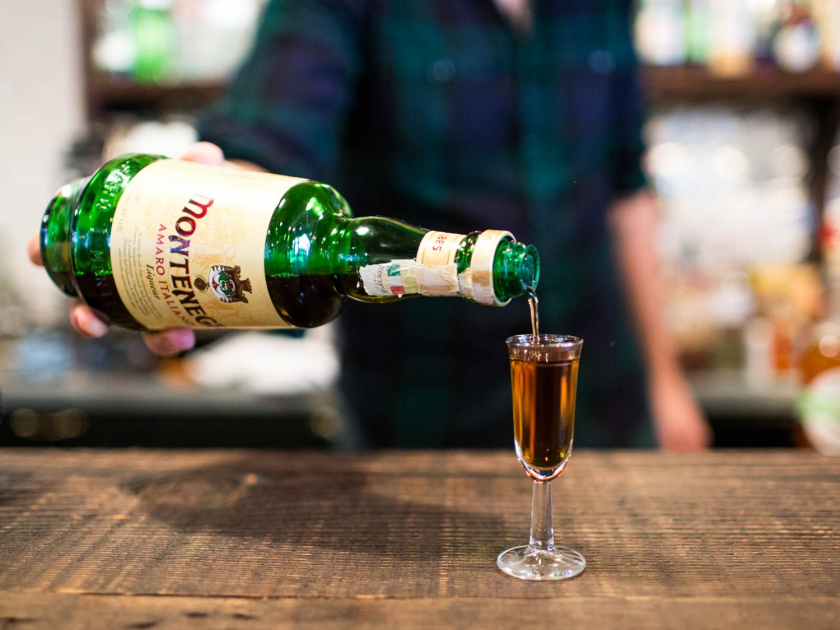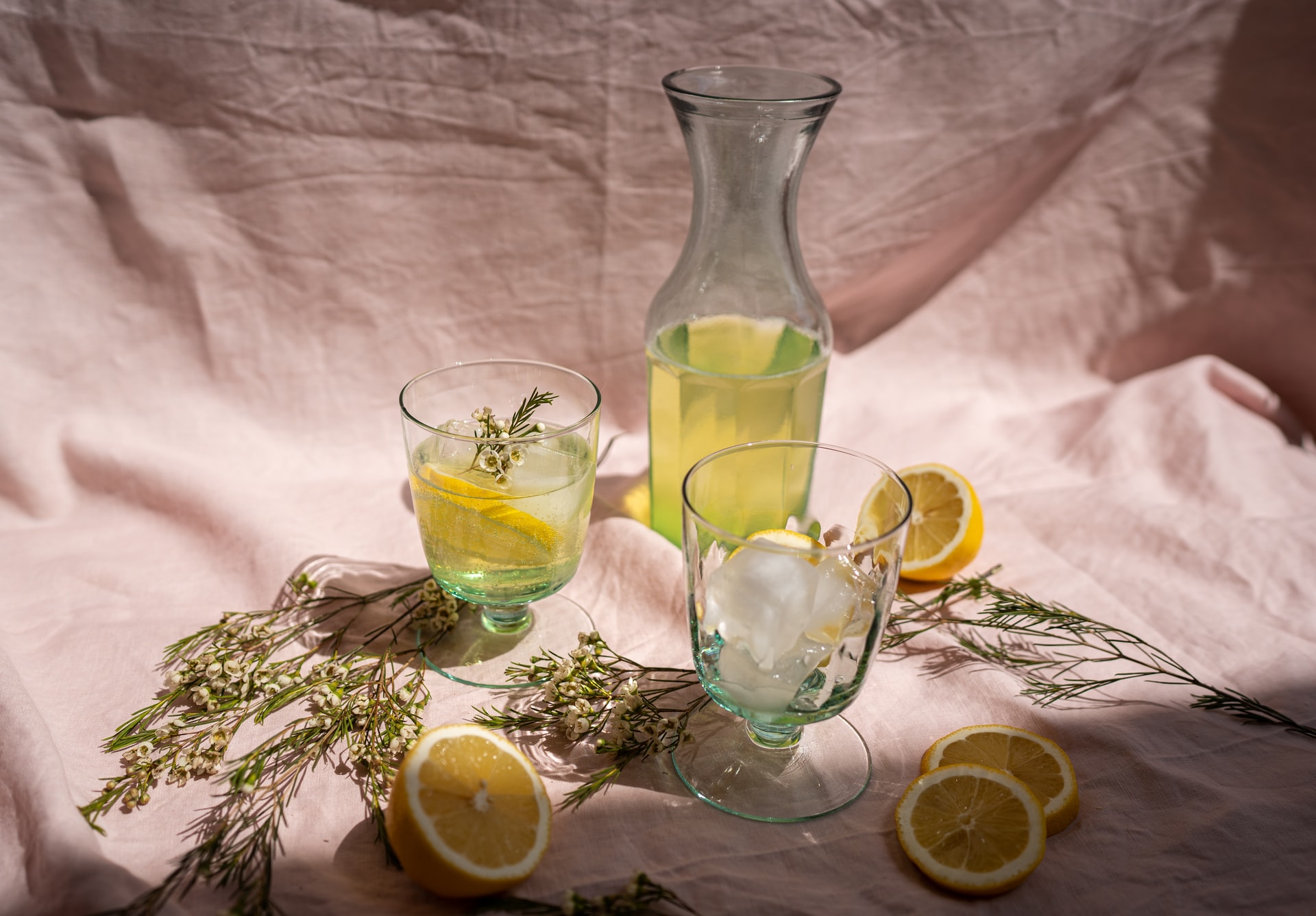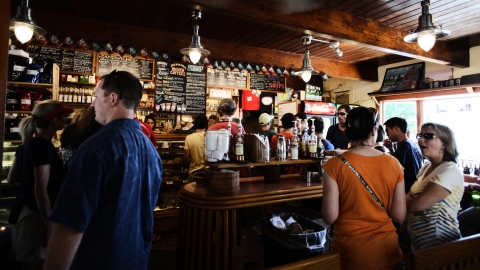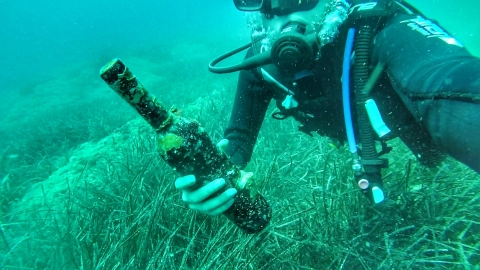In Italian culture, eating is a pleasure, a process of enjoying and pampering the taste buds with diverse flavors. Perhaps that is why Italians are always proactive in creating delicious dishes and unique ways of enjoying them so that each meal becomes a magical culinary journey. Limoncello - a refreshing lemon wine used at the end of the meal as a dessert drink to aid digestion is an interesting highlight in the cuisine of the boot-shaped country.
Digestivo - A culture of culinary enjoyment
Not only possessing a sophisticated culinary culture with diverse and famous delicacies around the world such as pizza, pasta, risotto...; Italy also has its own style to turn eating into a pleasure without forgetting the aspects of health and quality of life.
Behind the diet rich in starch and fat from dairy products, Italians pay special attention to soothing and caring for the digestive system. From there, the term "digestivo" was born, referring to the drinks consumed at the end of each meal to soothe the stomach and support the digestive process to take place more quickly and effectively.

Amaro - A popular Digestivo
There are many types of Digestivo created in different versions. Unlike "Aperitivo" which plays the role of warming up the taste buds before each meal, Digestivo has a relatively high alcohol concentration and many types have a taste that is not easy to drink for first-timers.
Amaro is an example of a Digestivo drink that has an unpleasant taste with a combination of strong alcohol and bitter herbs. However, this is considered a savior of the digestive system after a full meal, and also quickly resolves phenomena such as bloating,... However, not all Digestivo drinks are so picky about who enjoys them.
In Southern Italy, people have created a golden drink, which is a combination of the bitterness of wine with the sweetness of syrup and the fresh scent of yellow lemons harvested in sunny gardens. It is called Limoncello.
The coolness in a glass of lemon wine
Limoncello is made with just a few simple ingredients including lemon zest, vodka, sugar and water. The brewing process is not too complicated but it does require time for the fermentation process to create the quintessential and harmonious flavors.
Initially, lemon peels are grated and steeped in vodka for a few days in low light and temperature conditions. Then sugar syrup is added and the mixture is left to ferment for several more days. Each region in Italy has its own blend of Limoncello, so don’t be surprised if you’ve been drinking a glass of sweet liquor and then found it bitter somewhere else.
However, there is one thing in common in all versions of Limoncello: the strong, refreshing aroma of lemon peel that emanates from the moment the lid is opened and immediately penetrates the tip of the tongue from the first taste. Along with that is the strong, astringent taste of alcohol that strongly attacks the taste buds. All create an explosion of flavor, a perfect way to end a meal or regain alertness on hot summer days.

Making Limoncello from Lemon Peel
The best Limoncello is served chilled to enhance the refreshing taste of the lemon. The most common way to enjoy it is to sip it slowly, letting the freshness slowly seep into the taste buds, down the throat and spread throughout the body. Not only impressive in taste, like other Digestivo drinks, Limoncello also effectively supports the digestive system and is a rich source of vitamin C.
There is still much debate surrounding the official origin of Limoncello, but everyone agrees that it was born in Southern Italy more than 100 years ago. Thanks to the Mediterranean climate, lots of sunshine and fertile soil, this is where the most delicious and juicy lemons in Italy are produced. The lemons here have thick skin, contain a lot of essential oils and emit a strong aroma. Therefore, the place to enjoy the most delicious and original glasses of Limoncello is in Southern Italy such as Amalfi, Sorrento or Capri.

Limoncello available at local stores
You can visit the lemon gardens to see the rows of fruit-laden trees swaying in the warm sunlight and directly talk to the farmers to learn about the process of creating golden drops of wine. There are also many traditional craft wine making facilities here with their own family recipes, so the flavors are also somewhat rustic and "real" compared to industrial products.
Walking around the quaint little streets and through the local markets, it is not difficult to come across stalls displaying Limoncello bottles in various shapes decorated with extremely eye-catching and striking patterns.
In some stores, you can even try them in small cups before deciding if this is the right choice for you. In addition, to experience the Italian "digestivo" culture, don't forget to order a glass of Limoncello after enjoying a meal at a restaurant to soothe your digestive system after a full meal of local specialties.


































